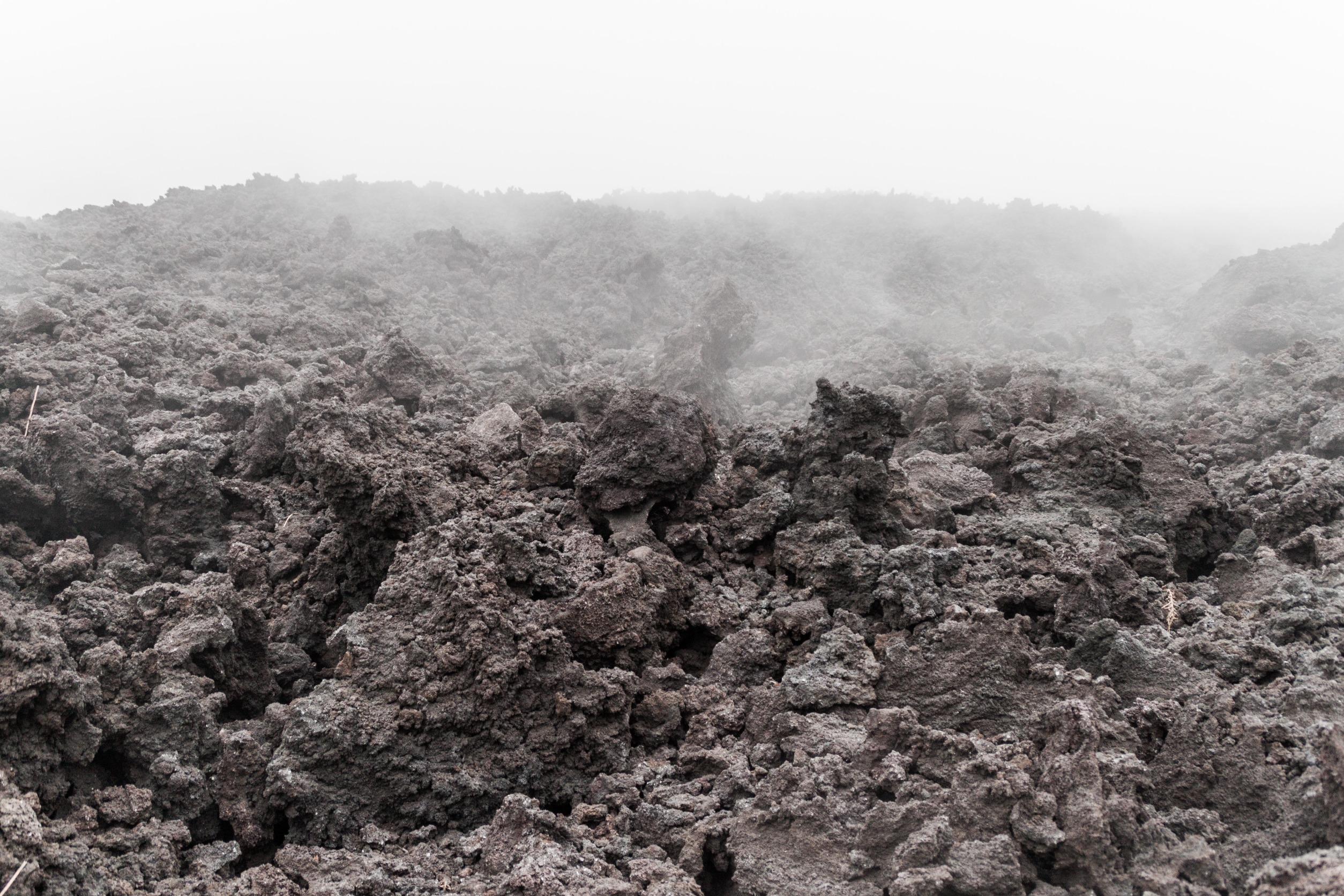By delving into our past, we afford ourselves ways to learn about our present and our future. Planetary scientists from Yale University have delved very deeply into our past and discovered perhaps how life was able to form on our planet.
Earth’s uninhabitable period
In the first 500 million years of our planet’s existence, scientists agree that it had an atmosphere much like that of Venus: filled with carbon dioxide and creating a very hot and uninhabitable space. Very young Earth had a surface temperature exceeding 400 degrees Fahrenheit. At some point, it is widely agreed, there had to have been something that removed a significant amount of carbon dioxide from Earth’s atmosphere in order for biological life to begin.
A bygone rock
“Somehow, a massive amount of atmospheric carbon had to be removed,” says lead study author Yoshinori Miyazaki, a former Yale graduate student and now postdoctoral fellow at Caltech. “Because there is no rock record preserved from the early Earth, we set out to build a theoretical model for the very early Earth from scratch.”
Combining thermodynamics, fluid dynamics, and atmospheric physics, the team constructed the theory that earth was once covered in a rock that no longer exists.
“These rocks would have been enriched in a mineral called pyroxene, and they likely had a dark greenish color,” Miyazaki says. “More importantly, they were extremely enriched in magnesium, with a concentration level seldom observed in present-day rocks.”
These minerals containing a lot of magnesium reacted with the atmosphere’s carbon dioxide to form carbonates, sequestering much of the atmospheric carbon.
“As an added bonus, these ‘weird’ rocks on the early Earth would readily react with seawater to generate a large flux of hydrogen, which is widely believed to be essential for the creation of biomolecules,” says Jun Korenaga, co-author and professor of earth and planetary sciences at Yale University.












